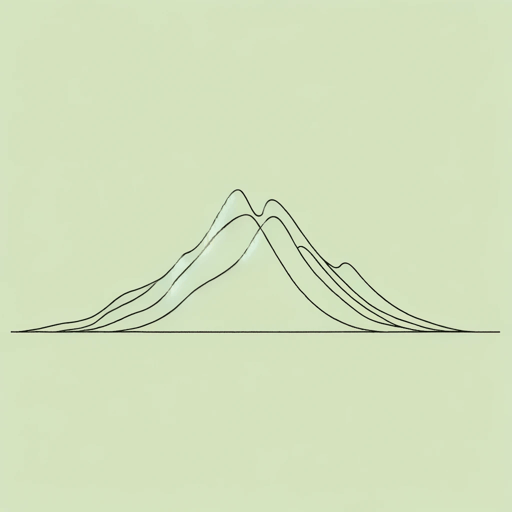50 pages • 1 hour read
Langston HughesThe Negro Artist and the Racial Mountain
Nonfiction | Essay / Speech | Adult | Published in 1926A modern alternative to SparkNotes and CliffsNotes, SuperSummary offers high-quality Study Guides with detailed chapter summaries and analysis of major themes, characters, and more. For select classroom titles, we also provide Teaching Guides with discussion and quiz questions to prompt student engagement.
Literary Devices
Juxtaposition
Hughes uses the juxtaposition of different images, ideas, and references by placing contrasting or separate items in relation to one another. In this way, Hughes heightens the emotional quality of his argument and bolsters his points. In some places, Hughes juxtaposes lengthy anecdotes, while at other times Hughes alternates between contrasting perspectives. Much of the juxtaposition in the essay moves between Whiteness and Blackness, which is a fitting reflection of the larger thesis that argues that the Black artist is caught between these two poles.
The use of juxtaposition allows Hughes to articulate points regarding the struggle of Black artists to become freer in their creative practice. For example, early on in the essay, Hughes presents two lengthy paragraphs detailing the difference between the “self-styled ‘high-class’ Negro” (Paragraph 3) who aspires towards Whiteness and the “low-down folks” (Paragraph 4) who “hold their own individuality in the face of American standardizations” (Paragraph 4). Immediately following these descriptions, Hughes introduces his vision of the “American Negro artist who can escape the restrictions” (Paragraph 5) and describes some of the nuances he expects this artist is able to find. The juxtaposed narratives provide the foundation upon which Hughes’s larger argument can stand.
Related Titles
By Langston Hughes

Children’s Rhymes
Langston Hughes

Cora Unashamed
Langston Hughes

Dreams
Langston Hughes

Harlem
Langston Hughes
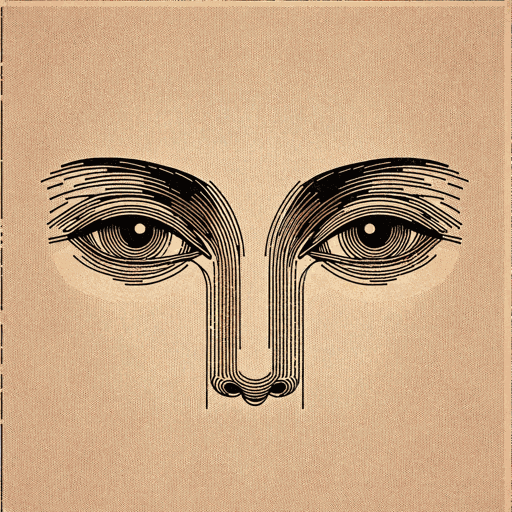
I look at the world
Langston Hughes
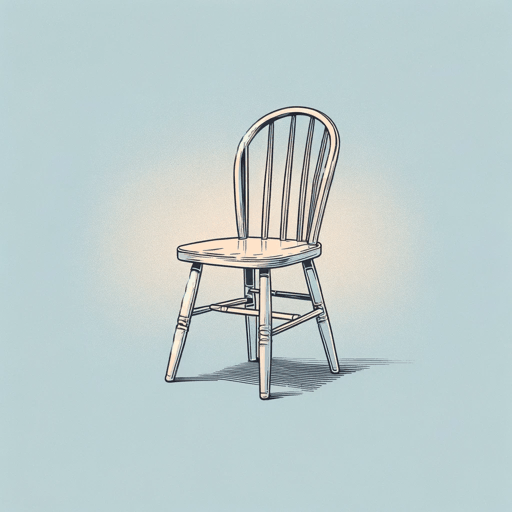
I, Too
Langston Hughes

Let America Be America Again
Langston Hughes
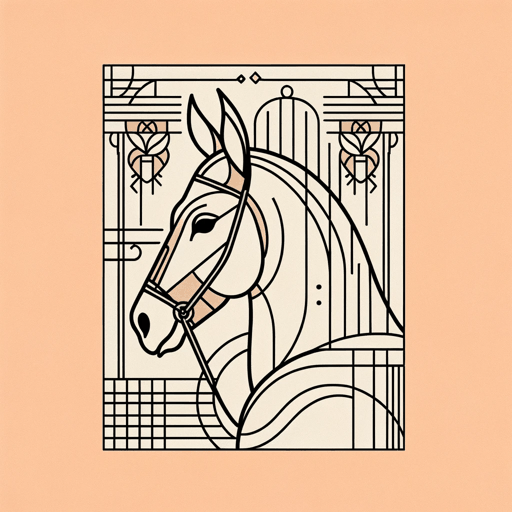
Me and the Mule
Langston Hughes

Mother to Son
Langston Hughes

Mulatto
Langston Hughes

Mule Bone: A Comedy of Negro Life
Langston Hughes, Zora Neale Hurston
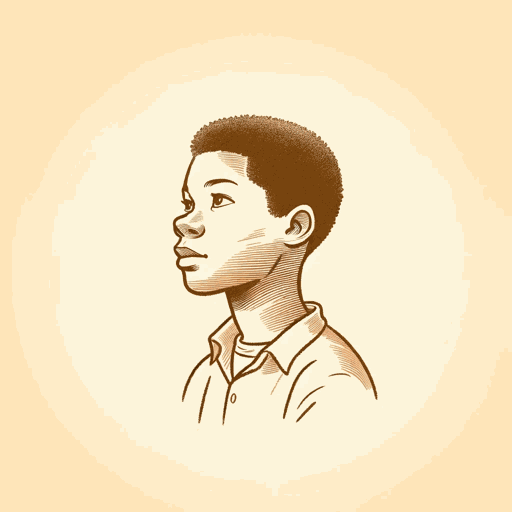
Not Without Laughter
Langston Hughes

Slave on the Block
Langston Hughes
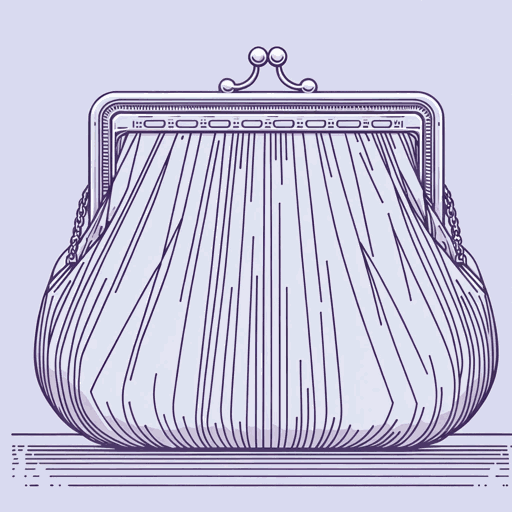
Thank You, M'am
Langston Hughes

The Big Sea
Langston Hughes
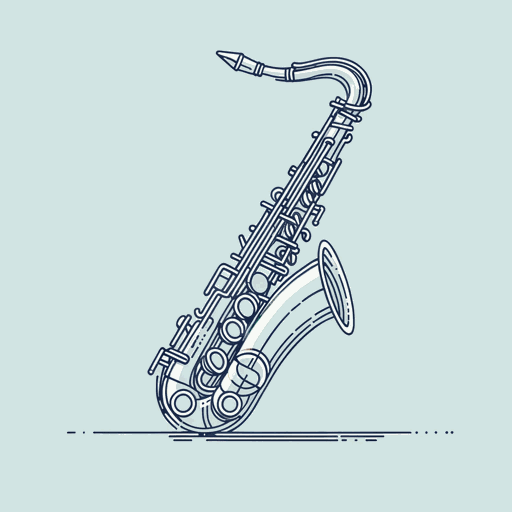
Theme for English B
Langston Hughes

The Negro Speaks of Rivers
Langston Hughes
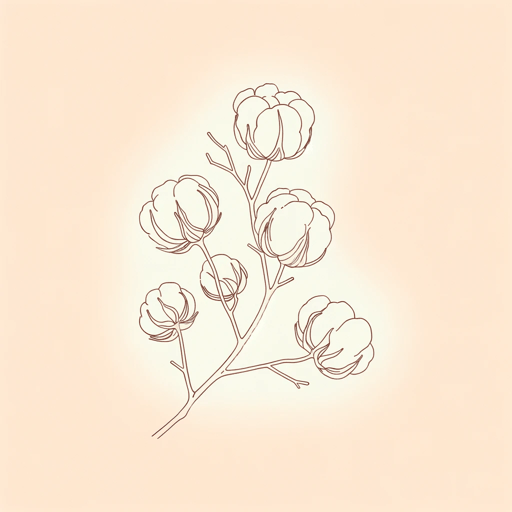
The Ways of White Folks
Langston Hughes

The Weary Blues
Langston Hughes

Tired
Langston Hughes
Featured Collections
A Black Lives Matter Reading List
View Collection
African American Literature
View Collection
Art
View Collection
Black History Month Reads
View Collection
Books About Art
View Collection
Creative Nonfiction
View Collection
Harlem Renaissance
View Collection
Pride & Shame
View Collection
